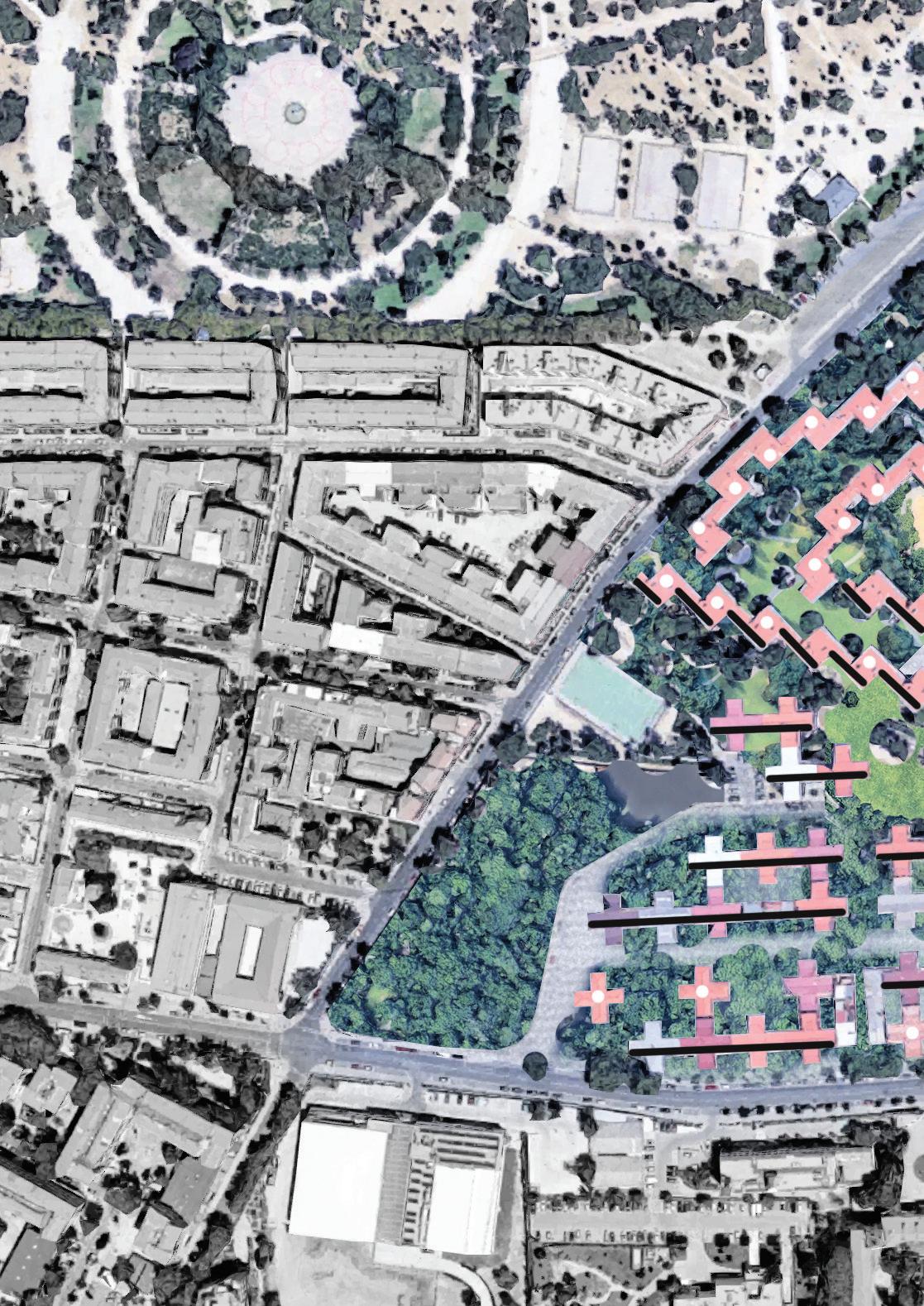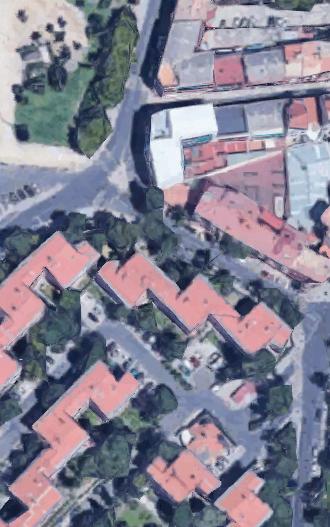
4 minute read
Circular economy in the food system p
by Goveas Kristina Jessie
rooftop gardens
Advertisement
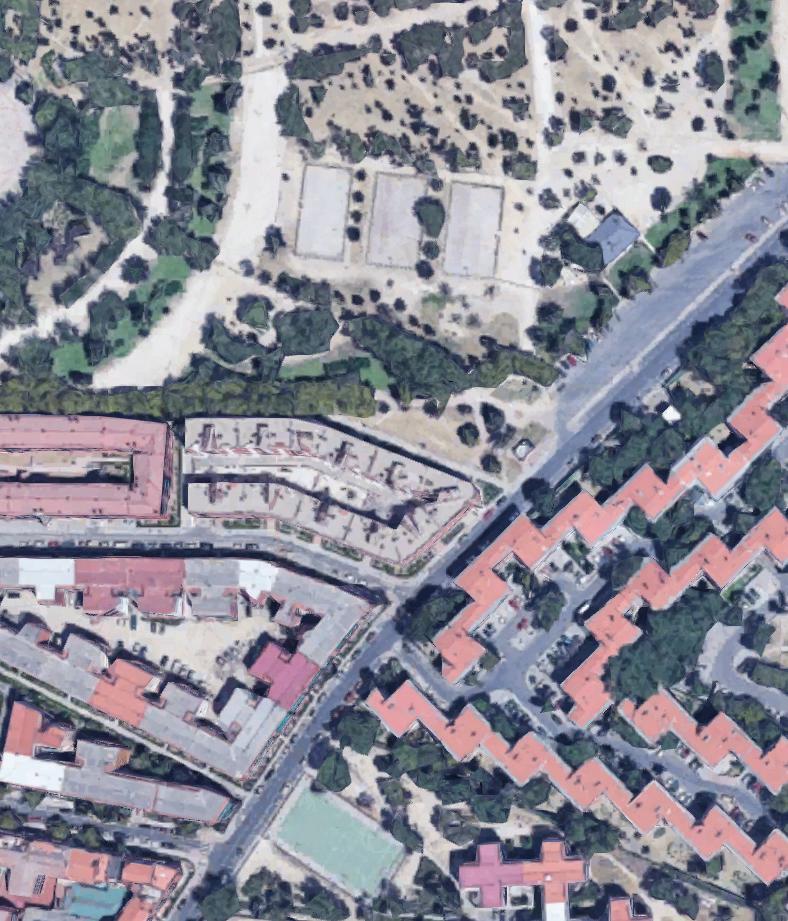

rooftop gardens
rooftop gardens
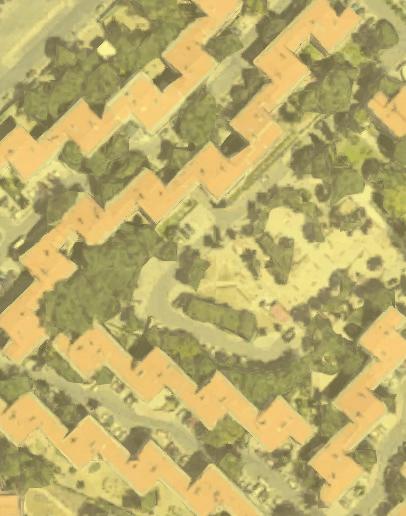


urban farming
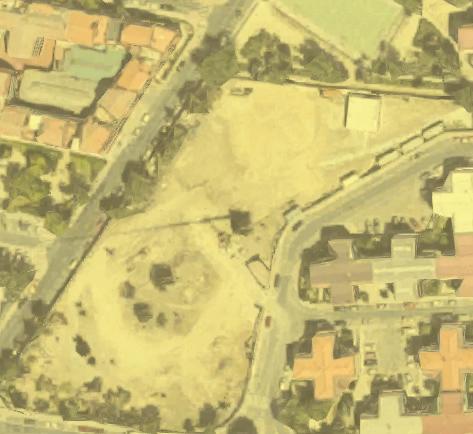

urban farming
consumption
(the main goal is that all food production is consumed entirely by locals, but surplus can be sold in the local market to create extra income for the community(
production
(conversion of free public space and empty plots into a productive landscape/ community garden, as well as implementing rooftop gardens for lighter crops)
waste
(organic waste is composted in small units with which each apartment will be fi tted with.)
The industrial food system has helped meet the demands of the growing global population. However, it is not seen as sustainable towards our environment and endangers a great part of the biodiversity and human health. Following a new circular model in the food industry could help ease these repercussions. The transition to a regenerative food system follows the circular economy principle, where the environment is less impacted and humans get nutritious food. The three key points of this model are the production, consumption and management of food done in a more sustainable way. The source of the food should be grown regeneratively and locally in order to make the best out of the food and for it to have a higher nutritional content for the consumer. The model also shows that when there is a food surplus or waste, there is a recycling of the nutrients by re-using the matter. For example, it can be used as a natural fertilizer or even as feed for livestock.
This type of model can already be seen on smaller scales in farmer’s markets, where the farmers grown their own food with minimal use of pesticides and sell it directly to consumers. This ensure the food remains fresh and contains more nutrients then it would if it was mass produced. It is more sustainable for the environment as the food is produced locally, reducing the global carbon footprint. There is great potential to make the neighborhood of Buenavista in Madrid more sustainable and bring a greater sense of community through this circular economy of food. Many buildings in the neighborhood have a fl at rooftop, as seen in the picture below. These fl at surfaces could have the potential to become rooftop gardens for the people living in the building. There are many advantages to having rooftop gardens in the community. Firstly, the there are no major structural changes that have to be done to the building. Simple pots are enough to make vegetables grow if a person wants to produce just for themselves. A rooftop garden would also make the neighborhood greener and livelier.
In the case that soil is put on the rooftop, the soil acts as a barrier against UV rays and outside temperatures allowing the building to retain its internal temperature. It has the potential to increase the biodiversity by attracting more insects such as bees which are vital to our ecosystem. In addition, Madrid is known for its sunny weather giving the plants enough sunshine to grow. Rooftop gardens promote other benefi ts such as the reduction of traffi c noise coming from the main roads brings greater biodiversity. They also provide a greater resource security for the people.
However, there are potential problems to having rooftop gardens in this neighborhood. Summer in
Madrid is extremely dry, meaning that the crops would have to be watered a lot which in order for them to survive the heat. Rooftop gardens also become quite expensive to install and maintain when soil and plants are planted to cover the surface of the rooftop. This could be a problem if not everyone in the buildings want to participate as it increases the costs. There are also several regulations that would have to followed for health and safety if the people decide to sell their crops.
Furthermore, the vacant space located in the middle of the neighborhood could also have the potential to become a community garden but there are risks that people will steal other people’s food and wastes a lot of space. I believe that this space should be an area where neighbors can gather together and can perhaps sell the extra crops they have grown on their rooftop gardens.
In conclusion, rooftop gardens in this community are a great way to make neighborhood greener, increase local biodiversity, increase a sense of community as well as increasing food security. However, only certain buildings with flat rooftops will be able to participate in this project. Furthermore, it is perhaps not feasible to make the rooftops actual gardens with the ground covered in soil due to the expensive costs and maintenance. Therefore, I recommend that people use their rooftops to grow small amounts of crops for their own families in various pots as it is cheaper but still
makes them a bit more self-sufficient for food.
Regarding the vacant space located in the center of the community, I recommend it to be transformed into a greener areas for the community to come together. It could perhaps turn into a small weekly market where local farmers can sell their goods and people from the neighborhood can sell the excess or unwanted crops they have grown on their rooftop.
